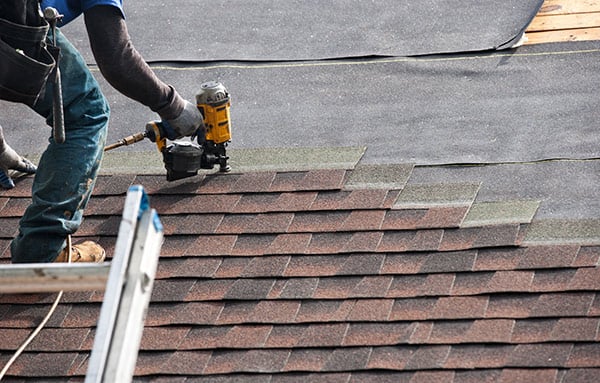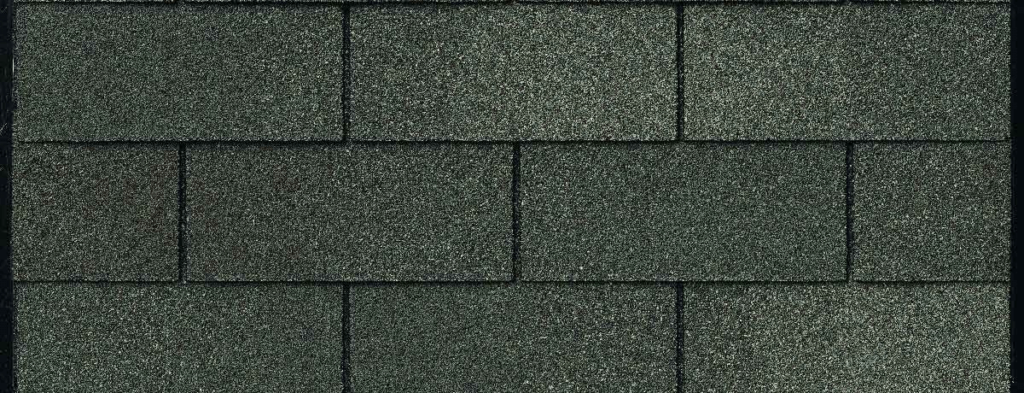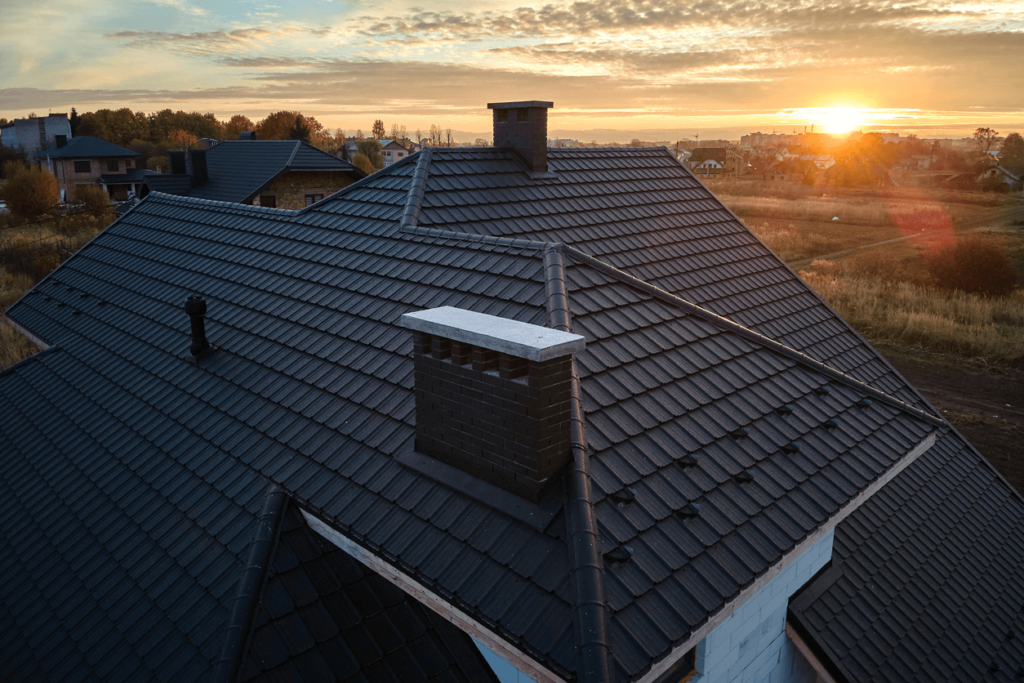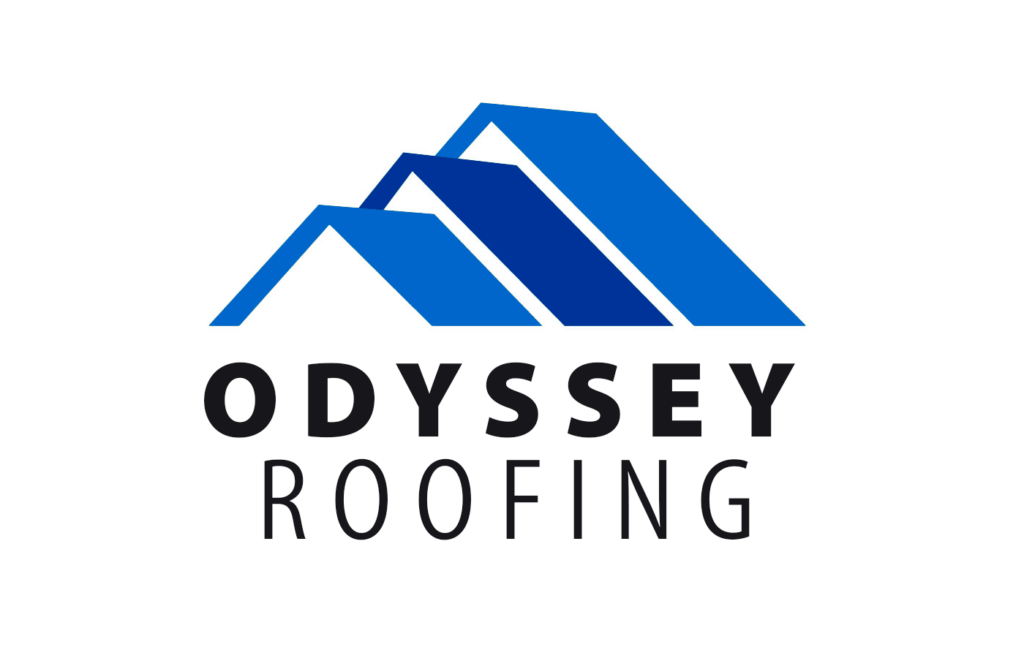When to Replace Your Roof: Types and Tips for Homeowners

Picture this: you’ve been told that it’s time to consider replacing your roof. Questions swirl in your mind as you navigate this important decision. Is it really necessary? How can you be sure? And how do you make the most financially sound choice? Rest assured, you’re not alone in this journey.
When it comes to such a significant investment in your home, knowledge is power. Understanding the signs that indicate it’s time for a new roof is the first step in validating the recommendation you’ve received. We’ll walk you through these signs, helping you to assess your roof’s condition and make an informed decision that aligns with both your needs and your wallet.
But that’s not all. The world of roof replacements has options. You’ll discover the different types of roof replacements, each with its own set of benefits. And when it comes to the decision of is you should purchase a roof overlay vs. tear off, we’ll break down the pros and cons of each approach, ensuring you’re equipped to choose the one that aligns with your goals and budget.
This journey is about more than just a new roof; it’s about peace of mind, informed choices, and the long-term security of your home. So, let’s dive into the details.
How to Know When to Replace Your Roof
The journey of replacing a roof begins with recognizing the signs. Perhaps you notice these telltale signs: shingles that curl and crack, leaks that defy your best efforts, or high energy bills that seem out of place. These are the signals that your roof is sending, urging you to take action. Remember, in the realm of roofs, time matters. Delaying the inevitable can lead to more significant issues down the road.
So, how do you know when to replace your roof? When you see these signs, it’s time to talk to a professional. These signs are indicators that it’s time to consider a replacement.
Types of Roof Replacement
The realm of roof replacement offers many choices, each catering to different needs. It’s not just about putting new shingles over old ones—it’s about making an informed decision that aligns with your home’s requirements.

First, consider shingle replacements. This approach involves replacing damaged or missing shingles, breathing new life into your roof’s integrity. It’s a targeted solution that addresses specific areas of concern without the need for a complete overhaul.
Next, there’s the full roof replacement—the comprehensive transformation that provides a fresh start. It’s a more substantial investment, but it ensures that your home is armed with a resilient shield against the elements.
Each type has its merits. Shingle replacements are cost-effective and efficient, especially when issues are localized. On the other hand, a full roof replacement offers the opportunity to upgrade and enhance your roof’s overall performance. Choose wisely, knowing that the decision you make will impact your home’s future.
Architectural Shingles vs. 3 Tab
In the world of shingles, two contenders take center stage: architectural shingles vs. 3-tab shingles. Each has its characteristics, its strengths, and its place in the roofing realm.
Architectural shingles, also known as dimensional or laminate shingles, are a modern evolution of their 3-tab counterparts. They exude a distinctive look, mimicking the texture of wood shakes or slate. Beyond aesthetics, they offer enhanced durability, with some varieties boasting warranties of up to 50 years. Their layered construction and unique design enhance resistance against wind and weather, making them a popular choice for homeowners seeking longevity and protection.
On the other hand, 3-tab shingles boast simplicity and cost-effectiveness. They present a classic appearance and are a practical option for those aiming to balance performance and budget. While their lifespan is generally shorter than architectural shingles, they remain a reliable choice for many homeowners.

The choice between architectural shingles and 3-tab shingles depends on your priorities. If longevity and aesthetic appeal take precedence, architectural shingles might be your ideal match. If cost-efficiency and practicality are your main considerations, the tried-and-true 3-tab shingles might be your best bet.
Roof Overlay vs. Tear Off
A decision that often stands at the crossroads of convenience and long-term investment is whether to purchase a roof overlay or tear off your old shingles. The overlay approach involves installing new shingles over the existing ones, providing a layer of protection without the upheaval of removing the old material. It’s a quicker process, and in some cases, a more cost-effective one.
However, overlaying has its caveats. It doesn’t address underlying issues, such as damaged decking or ventilation problems. Furthermore, it adds additional weight to your roof, potentially impacting its structural integrity.
On the other hand, a tear-off involves the complete removal of old shingles, exposing the decking. While it’s a more extensive process, it allows for a thorough assessment of the roof’s condition and ensures that any underlying problems are addressed before installing new shingles. It’s an investment in your roof’s long-term health and performance.
When it comes to overlay versus tear-off, consider your roof’s current state and your long-term goals. If your existing roof is in good condition and you’re seeking a quicker solution, overlaying might suffice. However, if you’re looking for a comprehensive and enduring approach that addresses all potential issues, a tear-off is the wiser path.
Roof Replacement Tips
Embarking on a roof replacement journey requires careful planning and execution. Here are some roof replacement tips to ensure a successful and efficient process:
- Choose the Right Material: Select a roofing material that aligns with your climate, preferences, and budget. Consider factors such as durability, energy efficiency, and aesthetics.
- Hire a Reliable Contractor: A reputable and experienced contractor is vital for a successful roof replacement. Research and obtain multiple quotes to make an informed decision.
- Understand Warranty Details: Familiarize yourself with the warranties offered for both the roofing material and the installation. A clear understanding of warranty terms ensures that you’re covered in case of issues.
- Ventilation Matters: Proper attic ventilationProper attic ventilation plays a crucial role in maintaining your roof’s health. Ensure that your new roof’s design includes adequate ventilation to prevent issues like moisture buildup and premature deterioration.
- Plan for Disposal: If you’re opting for a tear-off, consider how the old roofing material will be disposed of responsibly. Discuss disposal plans with your contractor to ensure an eco-friendly and efficient process.
- Weather Considerations: Plan your roof replacement during a season that allows for optimal weather conditions. Extreme temperatures or inclement weather can hinder the installation process and compromise the quality of the work.
- Budget Wisely: While cost is a factor, remember that your roof is a long-term investment. Opt for quality materials and workmanship that align with your budget while ensuring a durable and dependable outcome.
Remember, a well-executed roof replacement not only enhances your home’s protection but also adds value and aesthetic appeal. By adhering to these tips, you’re setting the stage for a roof that performs well and withstands the test of time.

Enhance Your Roof Replacement Journey with Us
Begin your roof replacement journey with confidence with Odyssey Home Remodeling. With over a decade of expertise in roofing, siding, and windows, we’re dedicated to elevating your home’s protection and value. From assessing your roof’s needs to guiding your material choices, we’re here to help you make the best decisions. Contact us today to partner with professionals who prioritize your home’s well-being, delivering a seamless and secure roof replacement experience.


